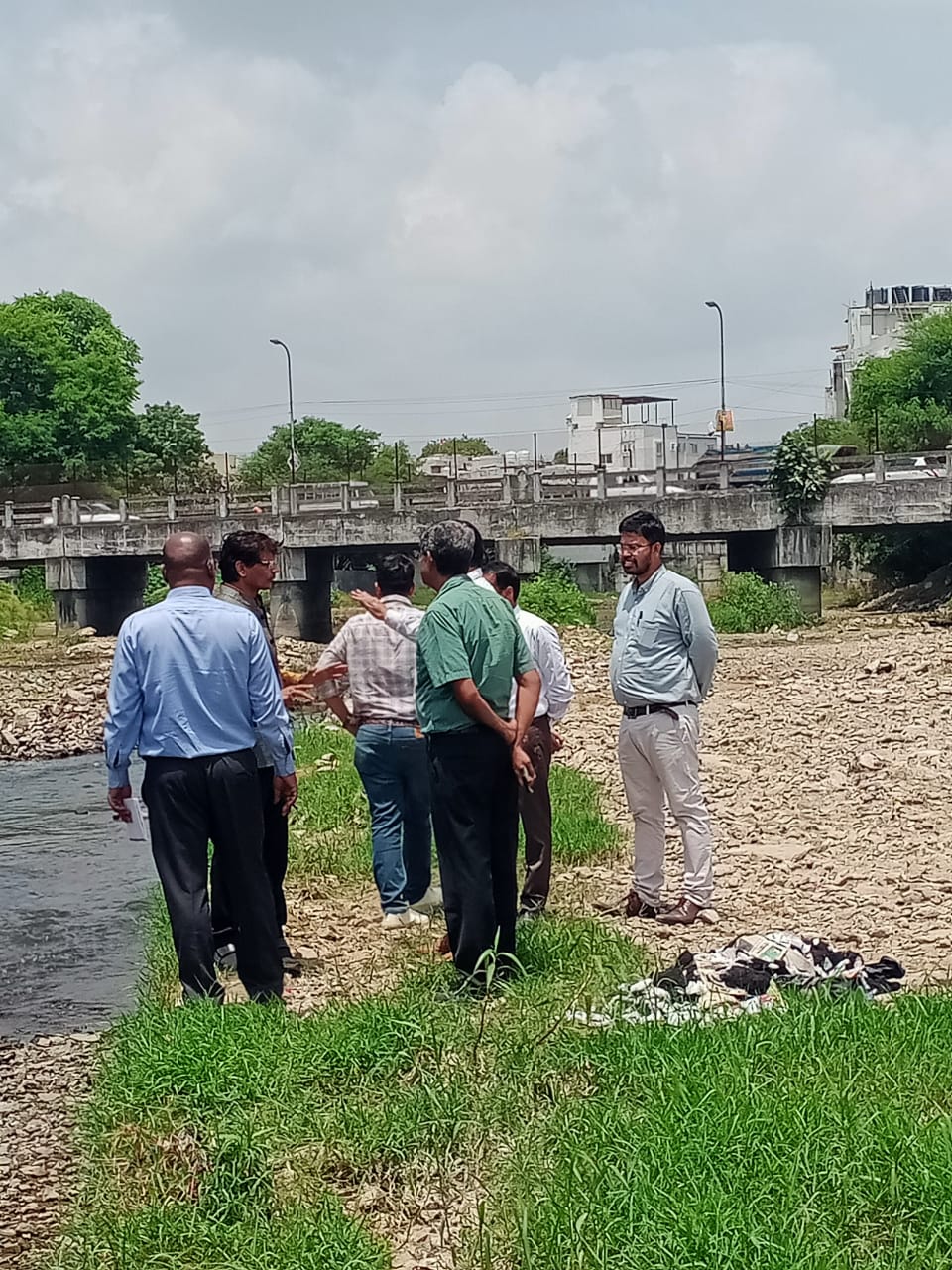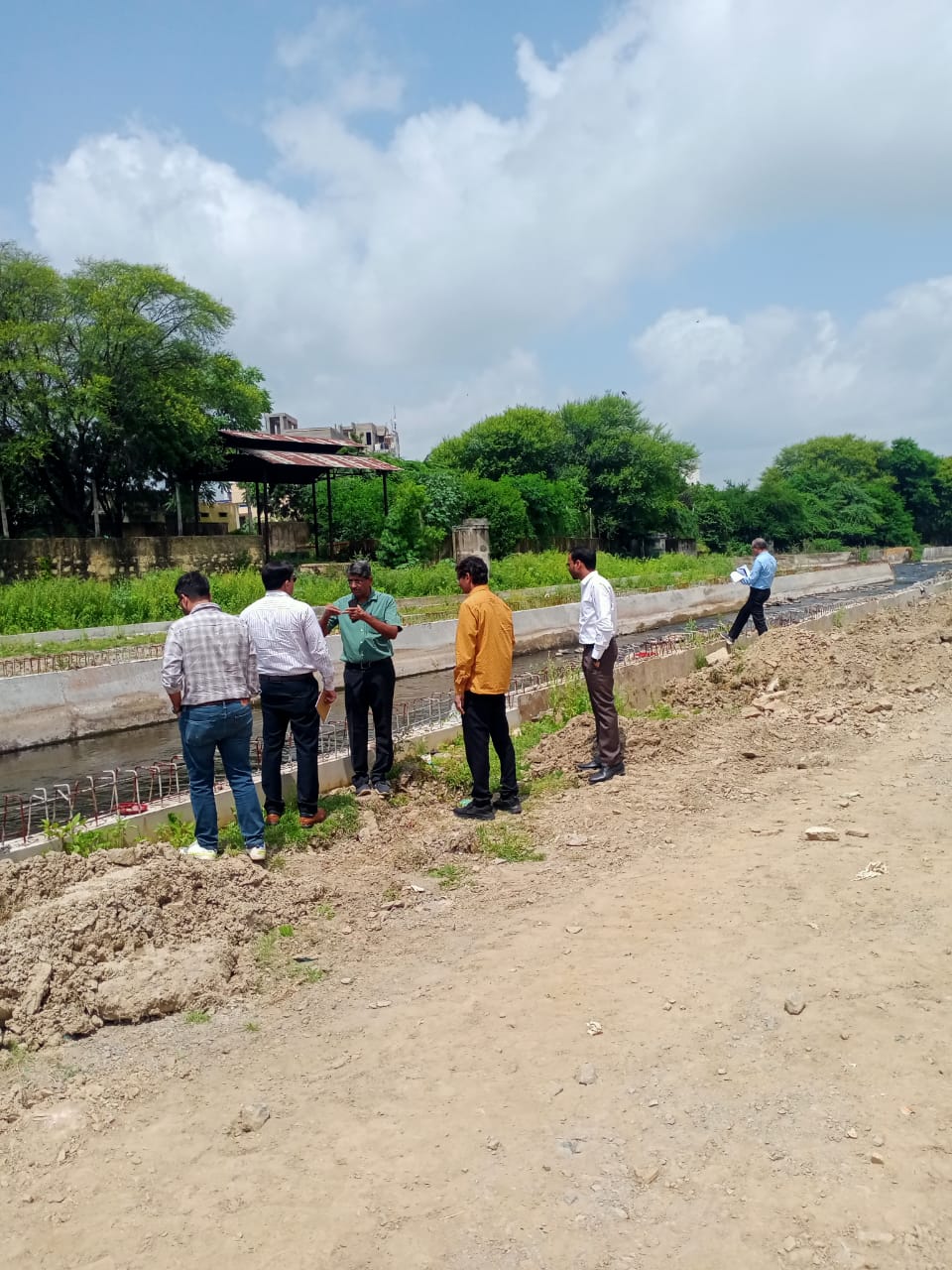NGT Dicision on Ahar River Concretization

The National Green Tribunal (NGT) has issued a significant decision pertaining to the use of cement concrete in the Ayad River, a critical component of an urban development and beautification project spanning approximately five kilometers within the city of Udaipur. This decision comes after extensive deliberations and represents a substantial modification to the original project plan.
*Key Highlights of the NGT Decision:*
1. *No Concrete Concreting:* Under the revised plan, it has been explicitly stated that no concrete concreting will be allowed within the riverbed, except for specific essential tasks. This means that the river's natural bottom will not be paved with concrete. Instead, concrete will only be used for vital works like constructing the sides of the central channel and revetments.
2. *No Reinforced Cement Concrete (RCC):* The NGT's ruling goes further by prohibiting the use of reinforced cement concrete (RCC) within the riverbed. This measure ensures that no forms of hardened concrete will be laid on the river's floor.
3. *Ban on Multistory Buildings:* The decision also places restrictions on constructing multistory buildings along the riverbanks. This is aimed at preserving the natural aesthetics and ecology of the river's surroundings.
4. *Porous Central Channel:* The central channel that is being created within the river will remain unpaved, facilitating groundwater recharge. Paving in this context refers to covering the riverbed with a solid, non-permeable surface like concrete.

5. Minimal Concrete: The use of concrete shall be limited to side walls of central channels ; and supporting toe walls. Even in the areas where soil is loose , instead of using RCC, alternatives like stone boulders will be employed to provide stability. This approach aims to minimize the environmental impact while maintaining the necessary structural integrity.
6. *Rejuvenation without Altering Natural Flow:* The NGT has ensured that the Ayad River's natural flow and direction will not be adversely affected by these modifications. The project's changes are designed to align with and complement the river's natural flow.
7. *Ozone Treatment for Effluents:* In terms of wastewater treatment, the NGT recommends using ozone treatment instead of chlorination. This alternative method can help improve water quality and reduce the impact of effluents discharged from the Sewage Treatment Plant (STP).
8. *Emphasis on Gate Provision:* The plan also suggests incorporating gate systems to better manage water flow and other aspects of the river project.
In summary, the NGT's decision underscores the significance of environmental sustainability and the preservation of the Ayad River's natural ecosystem. It prioritizes eco-friendly practices and minimal concrete usage to ensure that the river's intrinsic qualities are protected while meeting the goals of urban development and beautification. This decision sets a valuable precedent for balancing development and environmental conservation.
साभार :
© CopyRight Pressnote.in | A Avid Web Solutions Venture.






